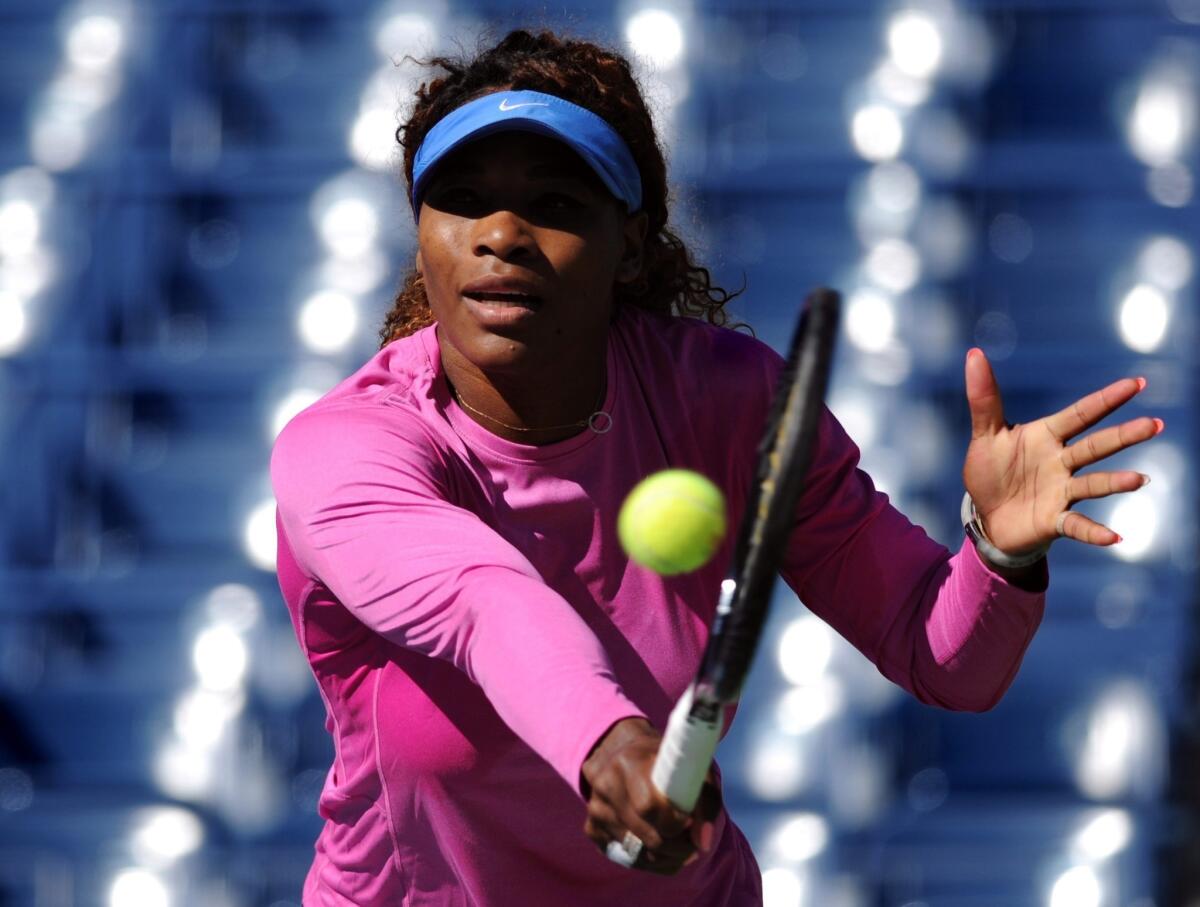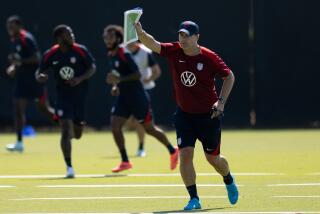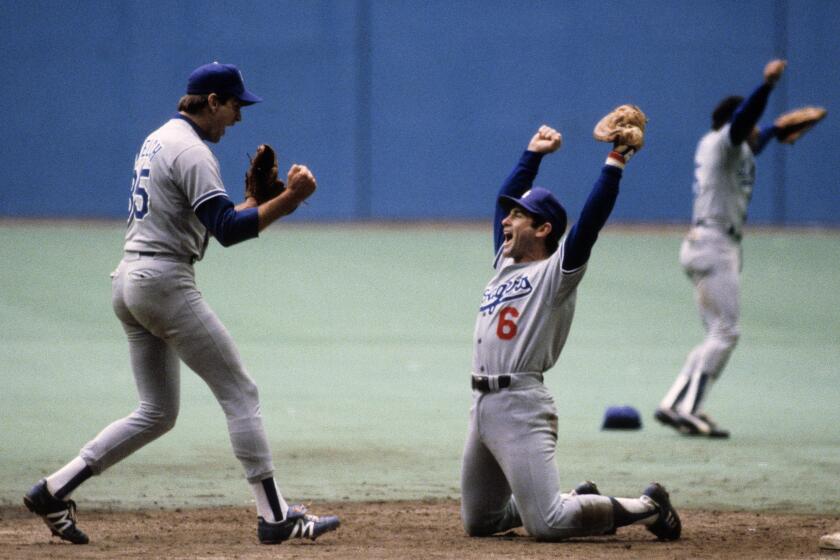Even best tennis players need coaching, as Serena Williams can attest

NEW YORK — They’re professionals and have been playing tennis since they were very young. They know how to hit forehands and backhands, serves and maybe even volleys. They’re at the top of their game and playing in a grand slam tournament.
So what’s left to learn?
It’s a fact that the best tennis players in the world still need coaching. Technique can be adjusted, attitude can be sharpened. And gaining even the slightest competitive advantage can make a meaningful difference.
Defending U.S. Open champion Andy Murray has former Grand Slam champion Ivan Lendl in his corner. Maria Sharapova called upon legend Jimmy Connors before the two parted ways. Top-ranked Serena Williams started her resurgence after Frenchman Patrick Mouratoglou took control of her game.
Murray had become frustrated, known as the most talented player to have not won a Grand Slam tournament, so he called upon Lendl for something between a tuneup and an overhaul.
Since then, Murray has won the gold medal at the 2012 London Olympics, then last year’s U.S. Open and Wimbledon this year. He won his opening U.S. Open match Wednesday night, unruffled by being the last man to play his first-round match, unbothered by the long rain delays and hanging around the grounds.
“That’s what Lendl gives me,” Murray said. “Equanimity.”
Williams has been mostly coached by her parents but last year hired Mouratoglou. Since then she’s won last year’s Wimbledon, Olympic gold, the U.S. Open and, this year, her second French Open title.
Williams has credited Mouratoglou with helping steady her nerves and become more aggressive with her shots. “He’s why I won the French Open this year,” she said. “Maybe the casual fan doesn’t see what he’s done for my game but I know it. He made my footwork better, my hands better.
“No matter what, no matter what stage you’re at, you can get better, and you can’t always do that yourself. You need another set of eyes, another voice. That’s what Patrick gives me.”
Li Na, who is seeded fifth, had been coached by her husband until this year, when she hired Carlos Rodriguez, former coach of Justine Henin.
“It takes one or two months to get used to each other,” said Li, 31. “At first he didn’t talk to me too much. He just watched to see what I’m doing. After that he started talking. Every day, and now everything is different. Now he is trying to teach me to serve and volley. It is never too late.”
Paul Annacone might be considered the most accomplished of all the coaches. He was at the side of Pete Sampras and, when Sampras retired after the last of his then-record 14 Grand Slam titles, was hired first by British star Tim Henman and then by Roger Federer, who broke Sampras’ record and now has 17 major championships.
Annacone is different in that he will scout an opponent and come up with a game plan.
“It is all dependent on what the players want and need,” Annacone said. “A lot of it is about figuring out your environment. There are different layers, different levels in coaching a younger player or adolescent as they develop versus the adult. I argue it becomes more complicated with the older, more accomplished players.”
Annacone said that while it would seem a Sampras or Federer wouldn’t need coaching at a certain point, the opposite is true.
“No matter how good you are as a player, you need to be directed, managed,” he said. “You need a trusted pair of eyes because your own eyes can’t see if everything is on course. Those players have immense skills, but one of their biggest strengths is often that they are incredibly stubborn and a good coach can go in and handle that mentality.”
After the last singles match of his career Wednesday night, James Blake gave a lot of credit to his longtime coach Brian Barker.
Blake even says Barker has inspired him to consider coaching a college player or a professional someday.
“I’d love to coach now if I didn’t have to travel as much as coaches travel on the tour,” he said.
In fact most coaches are on the road 35 weeks a year or more. Salaries vary wildly from a small percentage of a player’s winnings to six-figure guarantees.
“I wouldn’t have had a career without him,” Blake said of Barker. “I don’t think I believed in myself. I don’t think I’d be the man I am. . . . If I could ever be a coach like him, I would definitely do it because I would feel like I have to. I would owe it to the sport. He’s one of the best.”
Victoria Azarenka, the No. 2-seeded woman, uses her coach Sam Sumyk as a father confessor, a ball boy and a man who understands both her psyche and her forehand.
“I’ll get really mad and call him names one minute,” Azarenka said, “but then the next minute he’ll be helping me make a small correction on my forehand. I’ll tell him to clean up the court and pick up the balls and he will, but then we’ll go to dinner and talk about politics or something serious. I need all that stuff from a coach, but every player is different.”
Most coaches have a short shelf life. Brad Gilbert spent about 18 months with Andy Roddick. Which is about 18 months longer than Connors had with Sharapova, who parted ways even before one full tournament.
“Sometimes,” Gilbert said, “things just don’t mesh. Then it’s better to walk away.”
Twitter: @mepucin
More to Read
Go beyond the scoreboard
Get the latest on L.A.'s teams in the daily Sports Report newsletter.
You may occasionally receive promotional content from the Los Angeles Times.










